8 Unknown Animals From The Serengeti — Let's See How Many You Know
The day before we headed out on our safari our guide stopped by our hotel so we could get to know him. It was a wonderful conversation over a cup of coffee. We talked about the famous “big game” that we were excited to see. The classics like the giraffe, elephants, lions, etc.
When on the safari we were amazed by the big game we expected and the less popular and still well know animals like the gazelles, vultures, hyaenas, etc. However, one thought we kept coming back to was how amazing the animals were that we didn’t know the names of. They carried all the excitement of the others with the additional element of novelty. As lifelong learners, we wanted to share some of the novelty and our curiosity. And figured what better way to do it than in the form of a buzzed article.
1. Dik-dik
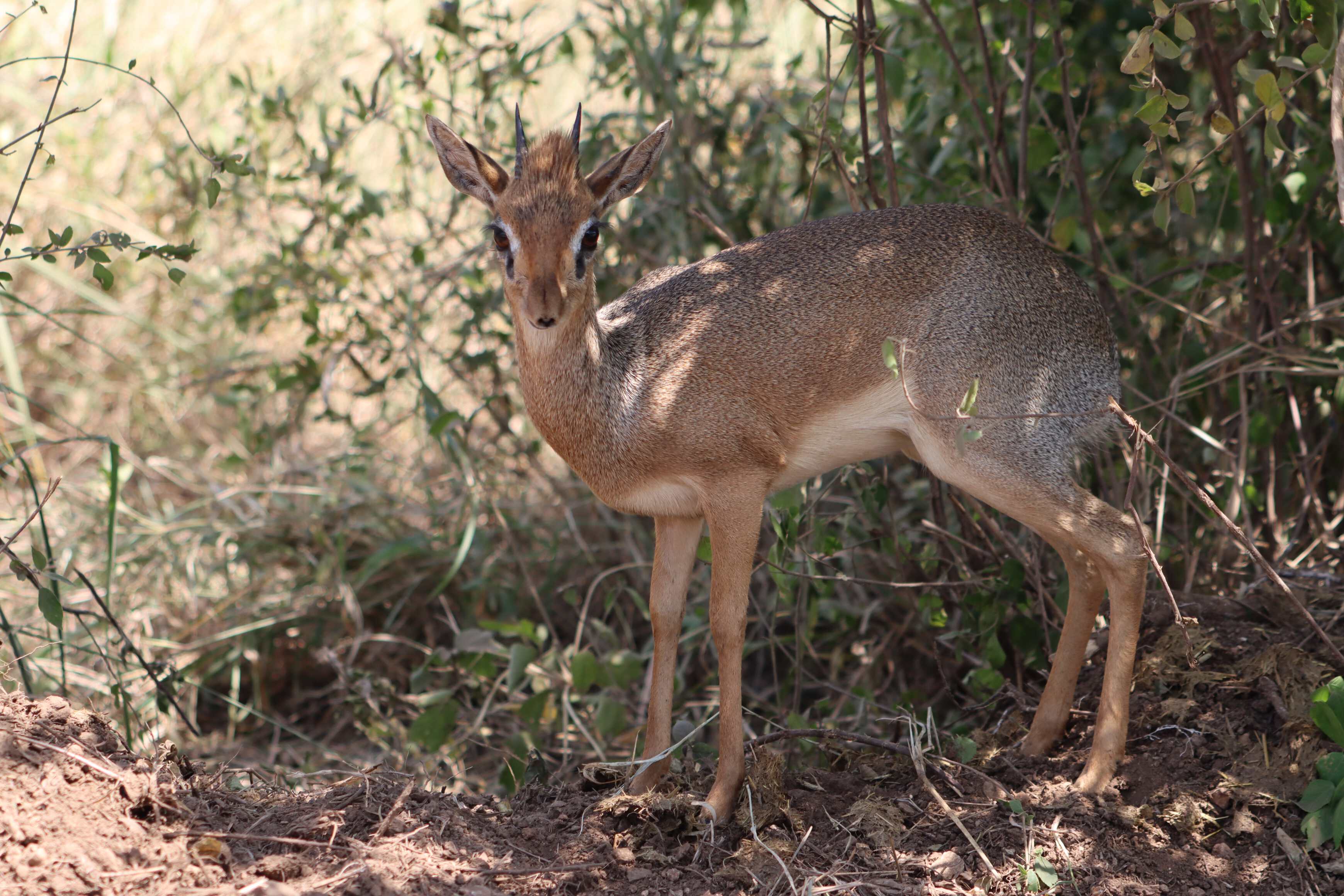
The smallest antelope in the serengeti. Usually found in a mating pair. One male and one female. They were really hard to see in the short and tall grasses but we caught glimpses of a few when they would dart out of the road to get away from our car.
Learn more at www.awf.org/wildlife-conservation/dik-dik
2. Eland
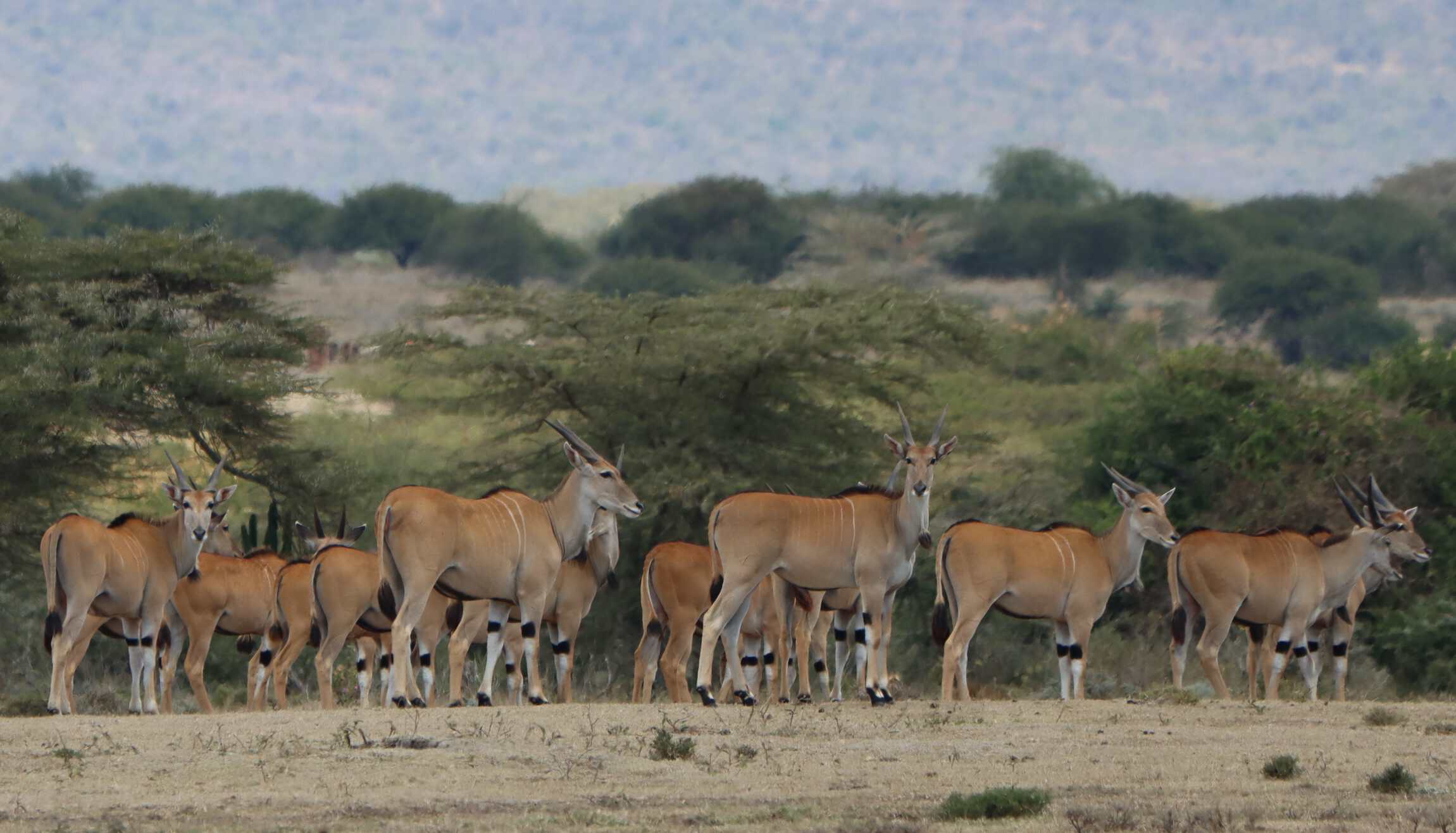
The Eland is the world’s largest antelope. We saw a few heard’s of them over our 10 days in the Serengeti but always at a distance. Surprisingly we had better views of them from outside the park than within
Learn more at www.awf.org/wildlife-conservation/eland
3. Hartebeest

The hartebeest is one of the larger antelopes. It appeared to be very skittish, always keeping its distance from the roads and human activity
Learn more at www.awf.org/wildlife-conservation/hartebeest
4. Secretary Bird
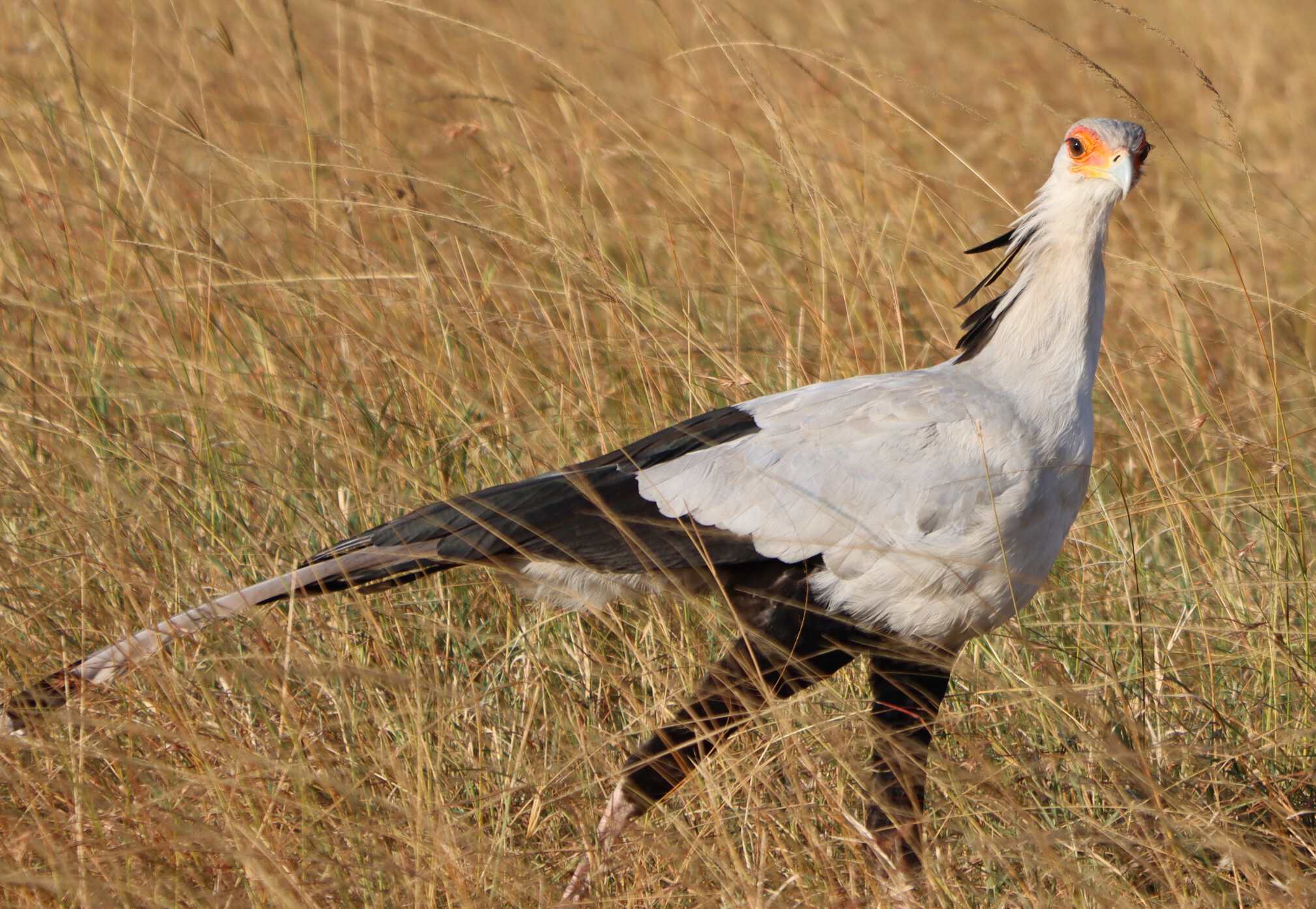
Secretary birds are amazing! They hunt venomous snakes! They kill their prey by stomping on them in a fast motion where their feet look like fingers on a typewriter. It is this action that gives them their names.
The most common spot that we would see the Secretary birds was next to the controlled burns. They walk up and down the fire line waiting for it to flush out the snakes that are hiding in the grass.
Learn more at animals.sandiegozoo.org/animals/secretary-bird
5. Hyrax

The Hyrax are large rodents. Kind of like an oversized guinea pig. They were one of the few animals that we saw near where we were sleeping. They were careful never to get too close but were comfortable being within a few feet of humans.
Learn more at www.awf.org/wildlife-conservation/hyrax
6. Topi
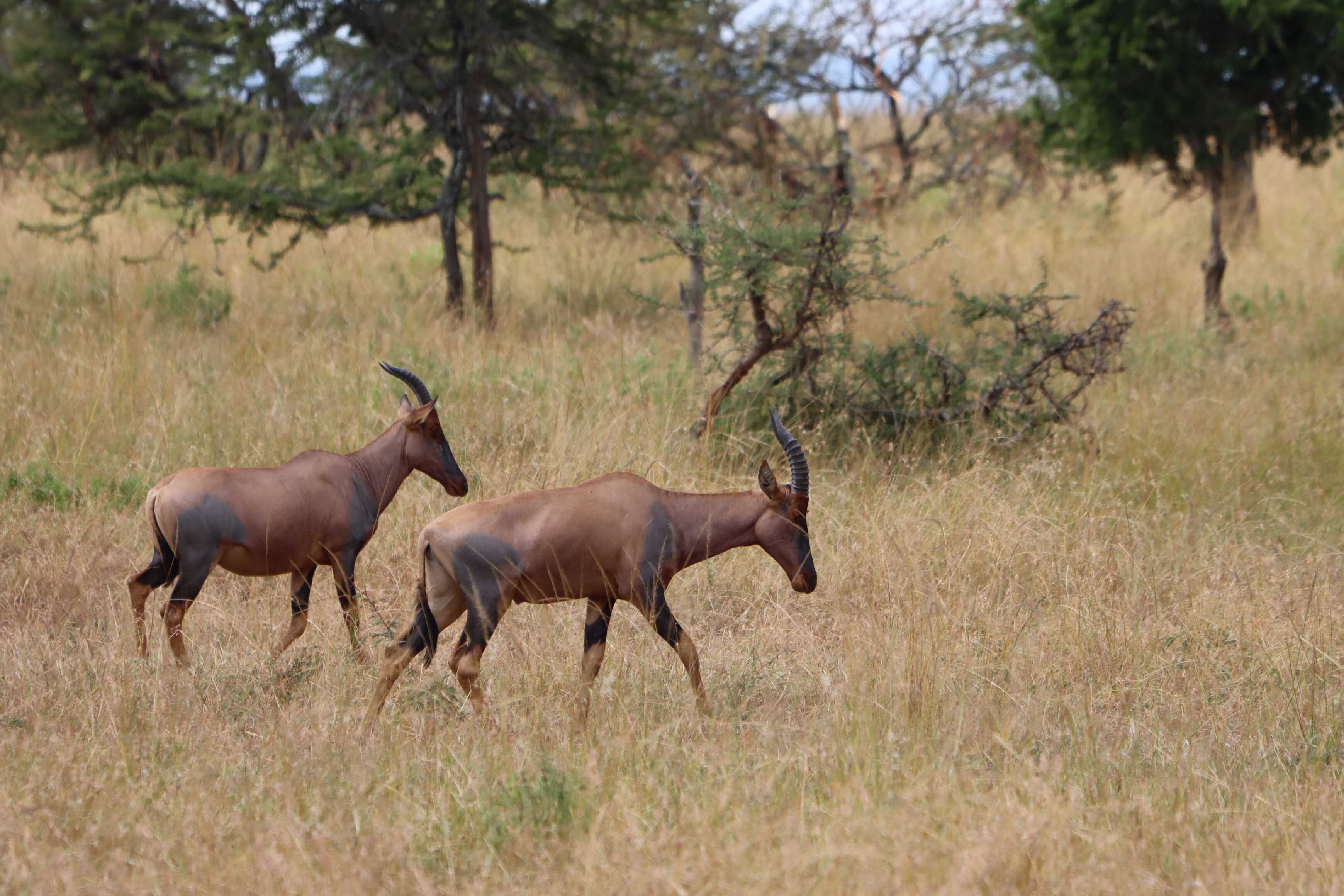
The topi is a mid-sized antelope that has unique coloring. Their coat would often appear more red than brown and they had distinct black patches. We often saw them with other resident animals in the Serengeti (animals not part of the great migration). Observing the mixed groups of herbivores left us with a feeling of kumbaya.
Learn more at www.awf.org/wildlife-conservation/topi
7. Waterbuck
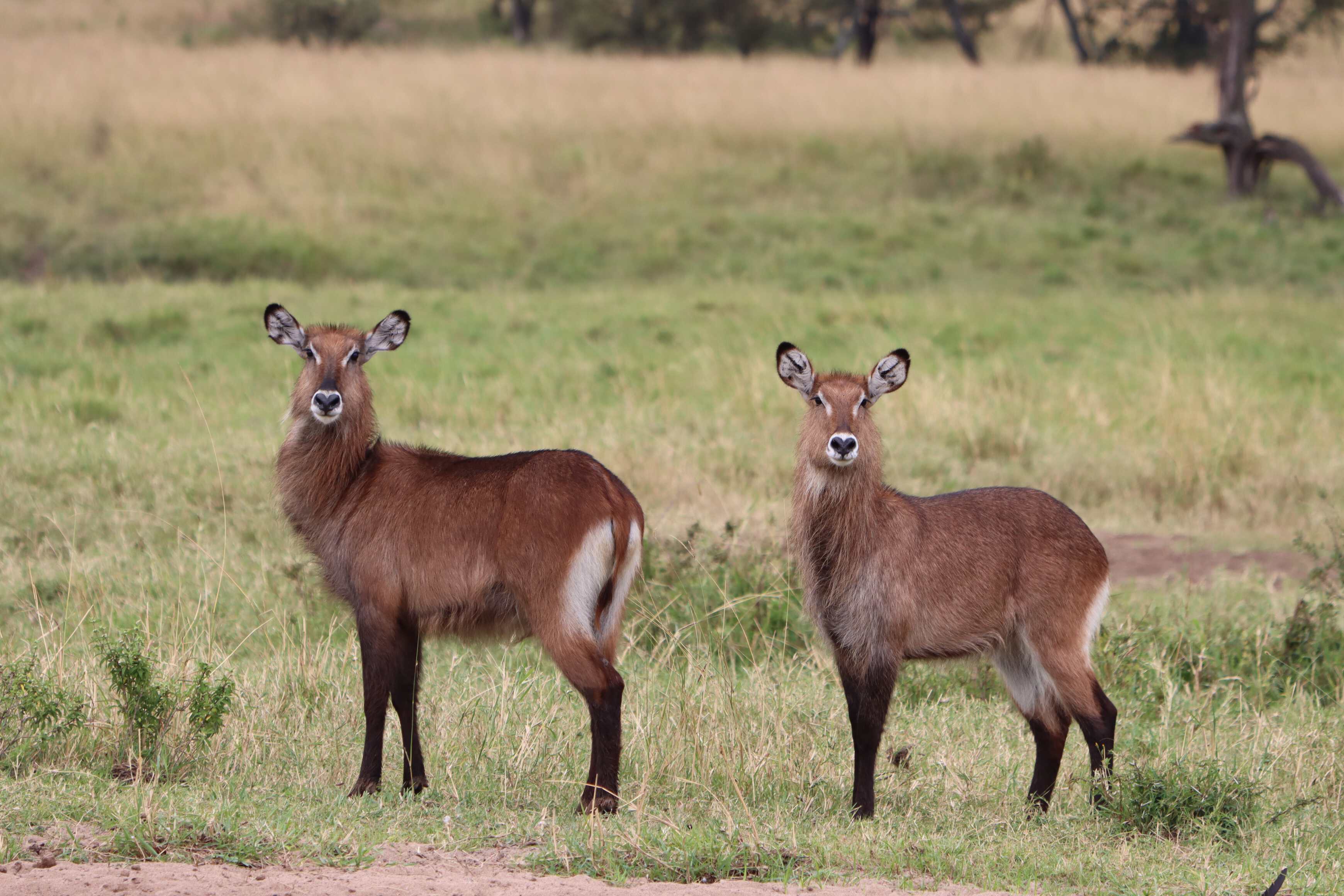
The waterbuck ended up being my favorite animal of the safari. I knew nothing of the animal, not even its name until the first time we saw two does near a watering hole. Our guide pointed them out and my jaw hit the floor. I couldn’t believe how beautiful they were. Their fur is so busy. Their ear coloring is so intriguing. Their black legs are so elegant. And then, to top it all off they have a heart on their nose.
I felt robbed that I was only learning about this animal now. How did I not learn about waterbucks in my early elementary classes? They seem a work of fiction. Watching them felt like being transported into my favorite Studio Ghibli film (which is Howl’s Moving Castle) 2wor fantasy novel. Unreal. 10/10
Learn more at www.awf.org/wildlife-conservation/waterbuck
8. Guinea fowl

Allegedly, their meat and their eggs taste even better than chicken. Often kept as livestock in Tanzania https://en.wikipedia.org/wiki/Guineafowl